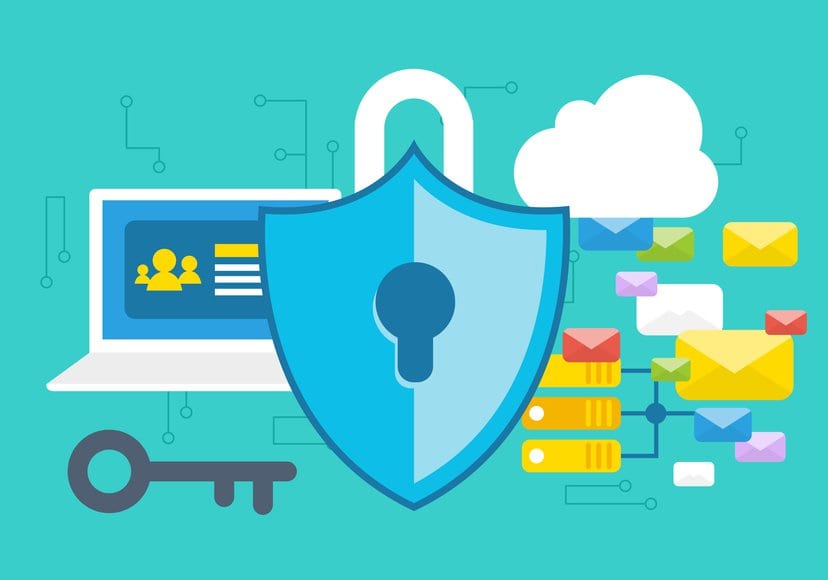Cyber Security
Cybersecurity: Increasing cyber threats and improving security measures

Is the need for cybersecurity increasing?
The world of technology has been constantly evolving. With more and more people moving online, the risk of cybercrime has increased as well. Innovation can fall short in the cybersecurity industry amid news about breaches and increasingly sophisticated hackers. But much new technology has been developed to counter the threat and they are becoming increasingly popular as time passes by. But how we utilize these emerging technologies to strengthen online security will be a crucial turning point in present times.
Here are some new weapons in our armory to fight cyber threats:
1. Blockchain: Cryptocurrency isn’t the only place with use for blockchain now. It is now a security apparatus used by many firms and services, especially big banks and technological offices. Earlier, cybersecurity meant building barriers for safety. But thanks to blockchains, we don’t need barriers anymore. It strengthens the integrity of the present network. Blockchains secure the metaphorical nervous system of the digital world to ensure the health of the body (or network).

2. Cloud Security: Cloud is basically an off-premise safety box where you can “upload” all your data and files for safekeeping. Cloud tech is used for security enhancement as many of the on-premise data infrastructures are hard to secure completely. Hackers have proven this fact many times. Cloud storage is used by a hugely diverse array of businesses and also for personal data protection.

3. Machine Learning: The most significant development so far is the emergence of Artificial Intelligence. From AI stems machine learning. As hardware and software become more intelligent sans human intervention, the security threats increase along with it. AI filters through various risks and detects possible security breaches in time to prepare for a cyberattack and neutralize it. It is one of the best ways to keep data safe.
![]()
4. IoT Security: “Alexa, secure my device.” If only it was that easy! Internet of Things has persistently presented major issues with security with its “multi-device connectivity” granting easy access to hackers into our devices. There was no common security apparatus to protect everything. Scary, I know! Luckily, security developers have taken notice of this problem. Nowadays IoT software has a cybersecurity frame that extends to all connected devices.

5. Application Security: Earlier, applications on our phones were as safe as the devices that hosted them. This made applications largely a weak-spot, targeted by hackers more frequently. But things have changed now. Security software is now an essential part of the app-building process.

6. Advanced authentication: This can be explained with a simple scenario from our daily life: After entering a username and password, or the first factor of identification, the user would receive a text message on their mobile device with a code to enter (the second factor) to confirm that they are in fact logging in. simple, right? This is what advanced authentication is. Other than making our accounts more secure, it also notifies us of any unauthorized use of our credentials. Biometric scans, iris scanning, certain patters, all fall under this.

7. Built-in Encryption: Encryption was widely used by military and government agencies until recent years when it became standard in communication platforms as well. Widespread use of encryption will make life harder for hackers; even if the information is stolen, it worthless to a cybercriminal if it is inaccessible.

Our knowledge of cyber threats keeps improving day by day and along with it our endeavors to make cybersecurity increasingly sophisticated. We may be improving our capabilities with the aid of new technology, but so are the hackers. There is still much to learn.






































